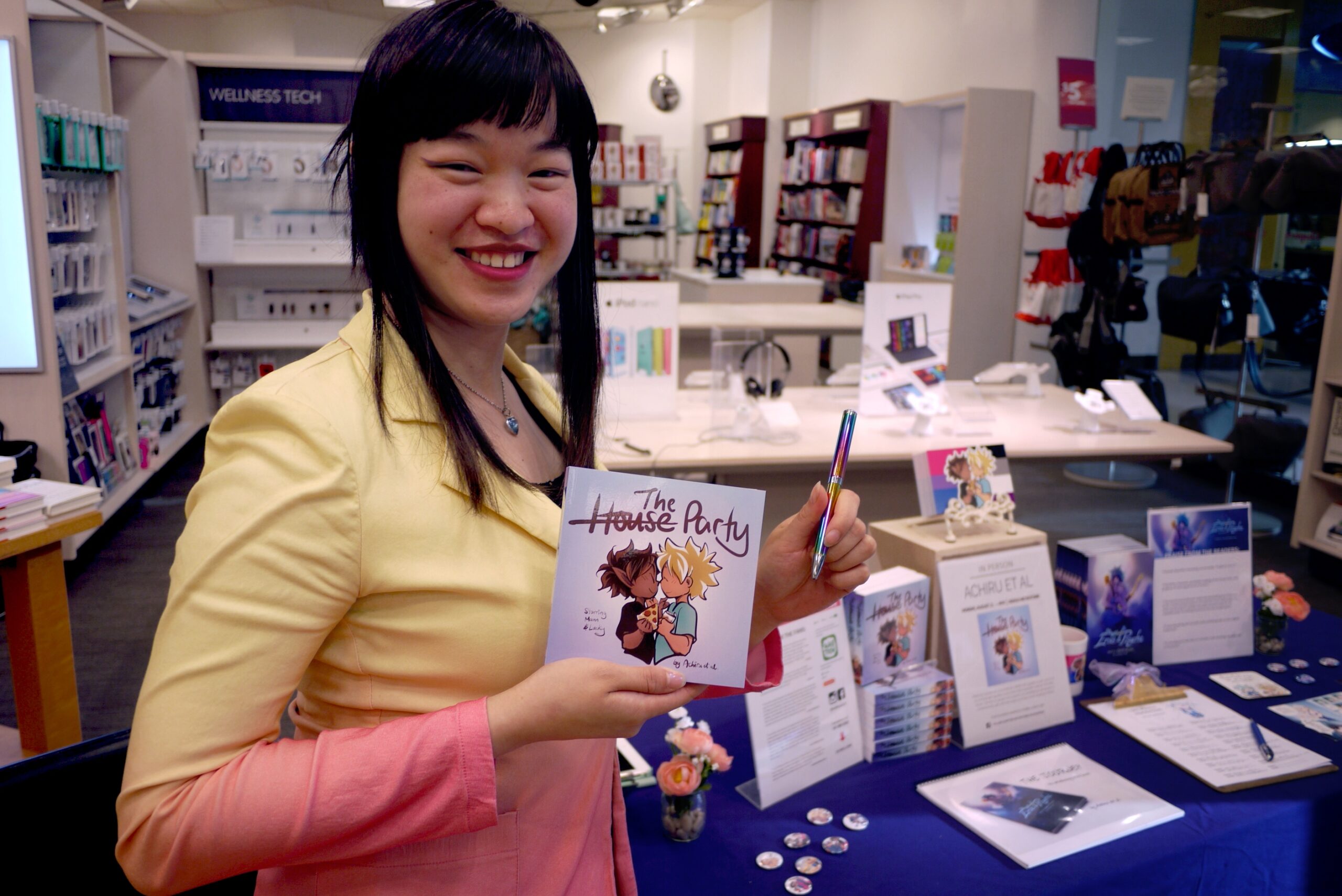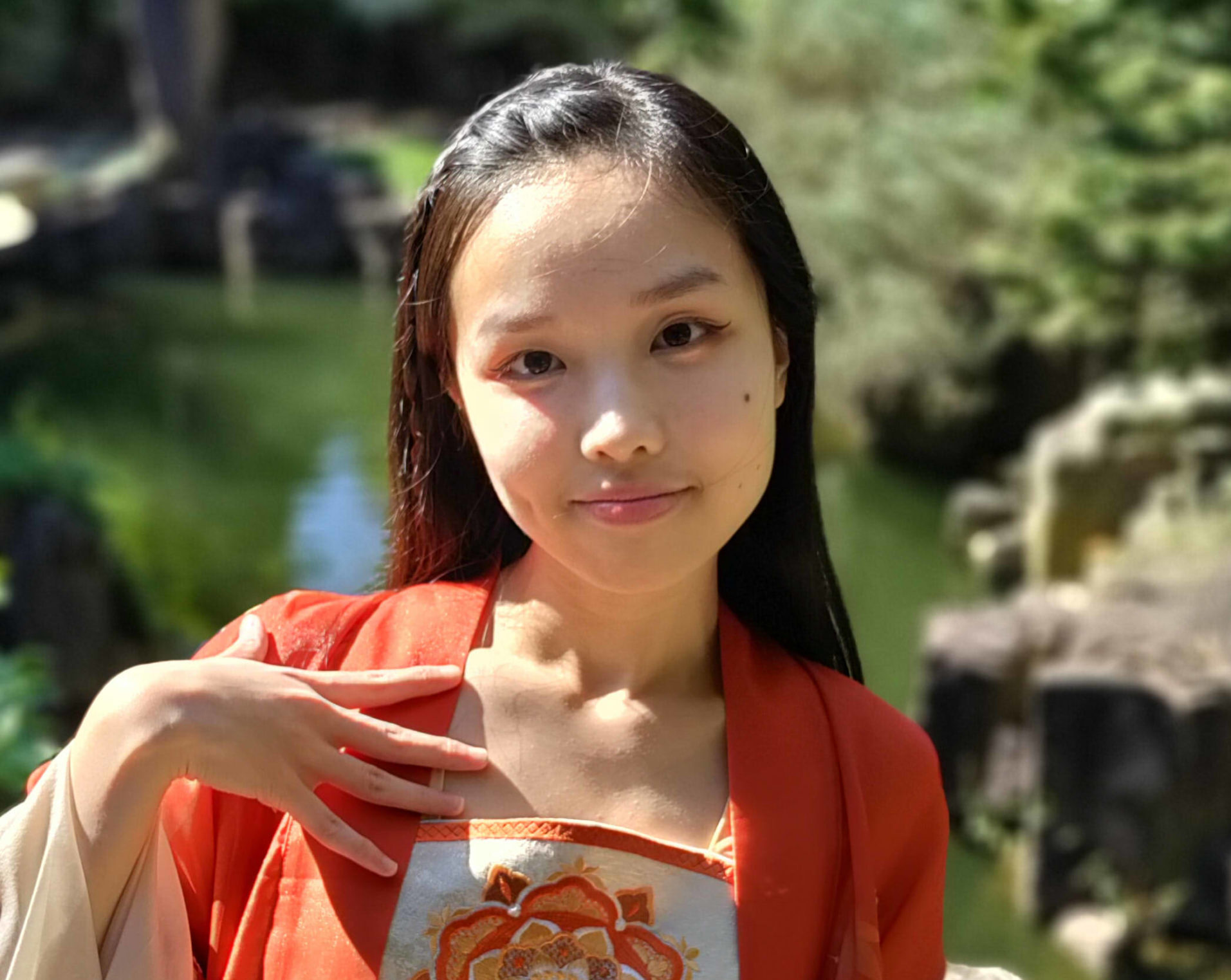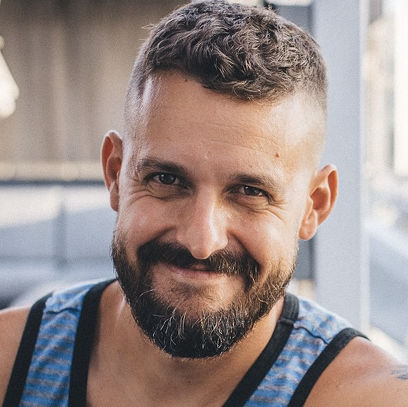
by Michele Kirichanskaya | Apr 22, 2023 | Blog
Born to immigrant parents from Hong Kong, Achiru et al (1988) is the creator of UNSPOKEN, the Myth of Eros and Psyche, and the Mann and Lucky Channel. Growing up watching anime and reading manga from Japan, Achiru was inspired to make her own comics. Since 2002, she’s...

by Michele Kirichanskaya | Nov 5, 2022 | Blog
Velinxi is the creator of DPS Only! and the ongoing webcomic Countdown to Countdown. Her greatest passion lies in storytelling through illustrations, which she has been doing for the past few years (with varying stages of success). You can find more of her work on...

by Chris Allo | May 29, 2022 | Blog
With the graphic novel “Blink” from Tapas Media to “The Supernatural Society” from Harper Collings, Rex has written dozens of books and graphic novels for the YA audience! In his very candid and critically acclaimed memoir, “Free...




